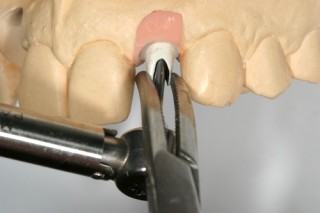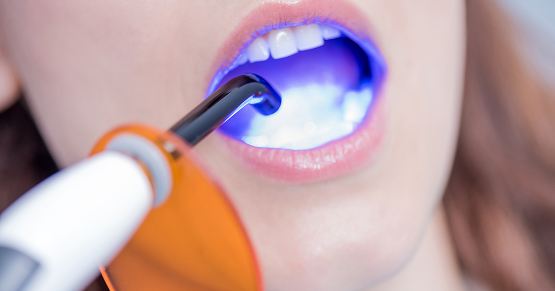When You Torque the Implant Abutment Screw

Have you ever been concerned that when you torque the implant abutment screw at the time of final abutment placement, the implant itself may rotate and separate the implant from the bone?
To prevent the rotational forces from being transmitted to the implant, try the following technique: Have your assistant hold the abutment with a hemostat while you torque the screw to the manufacturer’s recommended tightness for that particular implant and screw.
By holding the abutment with a hemostat, the force used during tightening is applied to the screw, not to the abutment or implant. This should mitigate any damage occurring to the integration that has occurred between the implant and bone.
FOUNDATIONS MEMBERSHIP
New Dentist?
This Program Is Just for You!
Spear’s Foundations membership is specifically for dentists in their first 0–5 years of practice. For less than you charge for one crown, get a full year of training that applies to your daily work, including guidance from trusted faculty and support from a community of peers — all for only $599 a year.

By: Robert Winter
Date: October 31, 2013
Featured Digest articles
Insights and advice from Spear Faculty and industry experts


